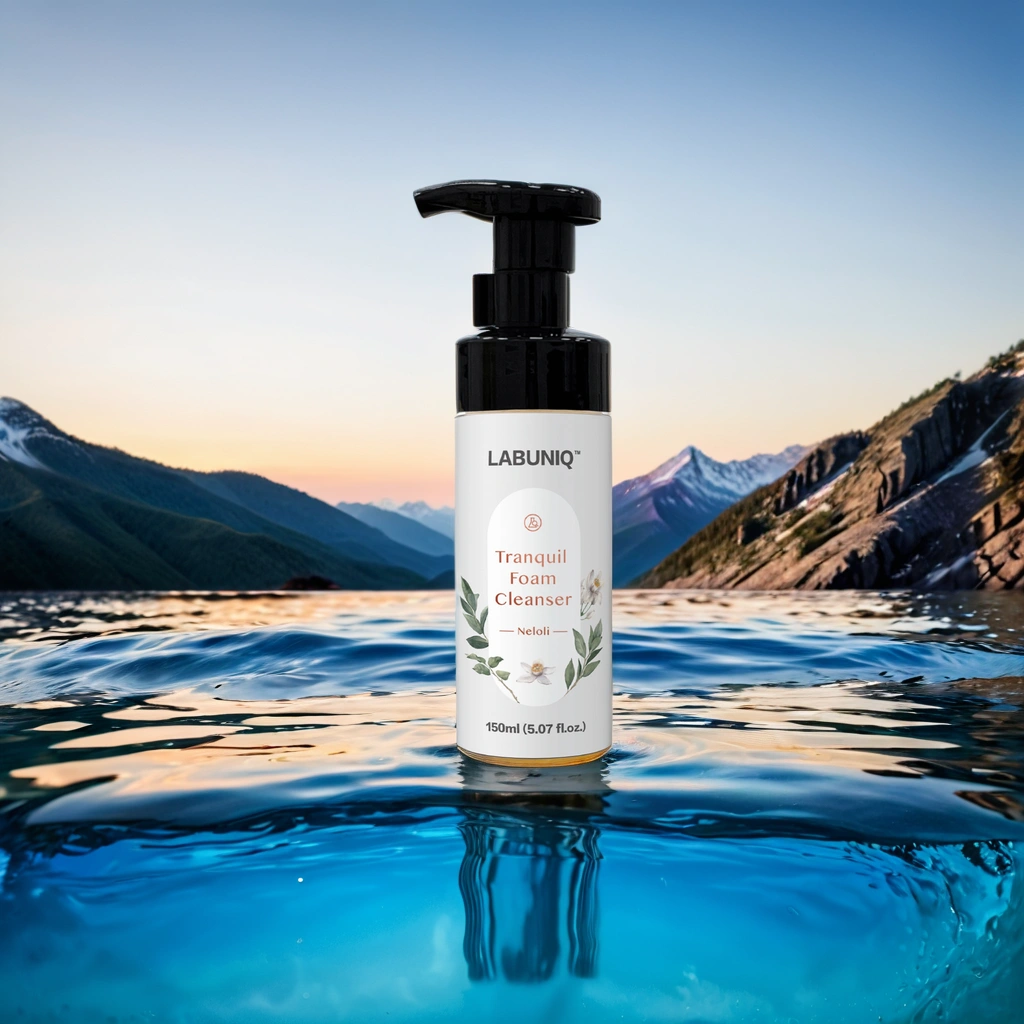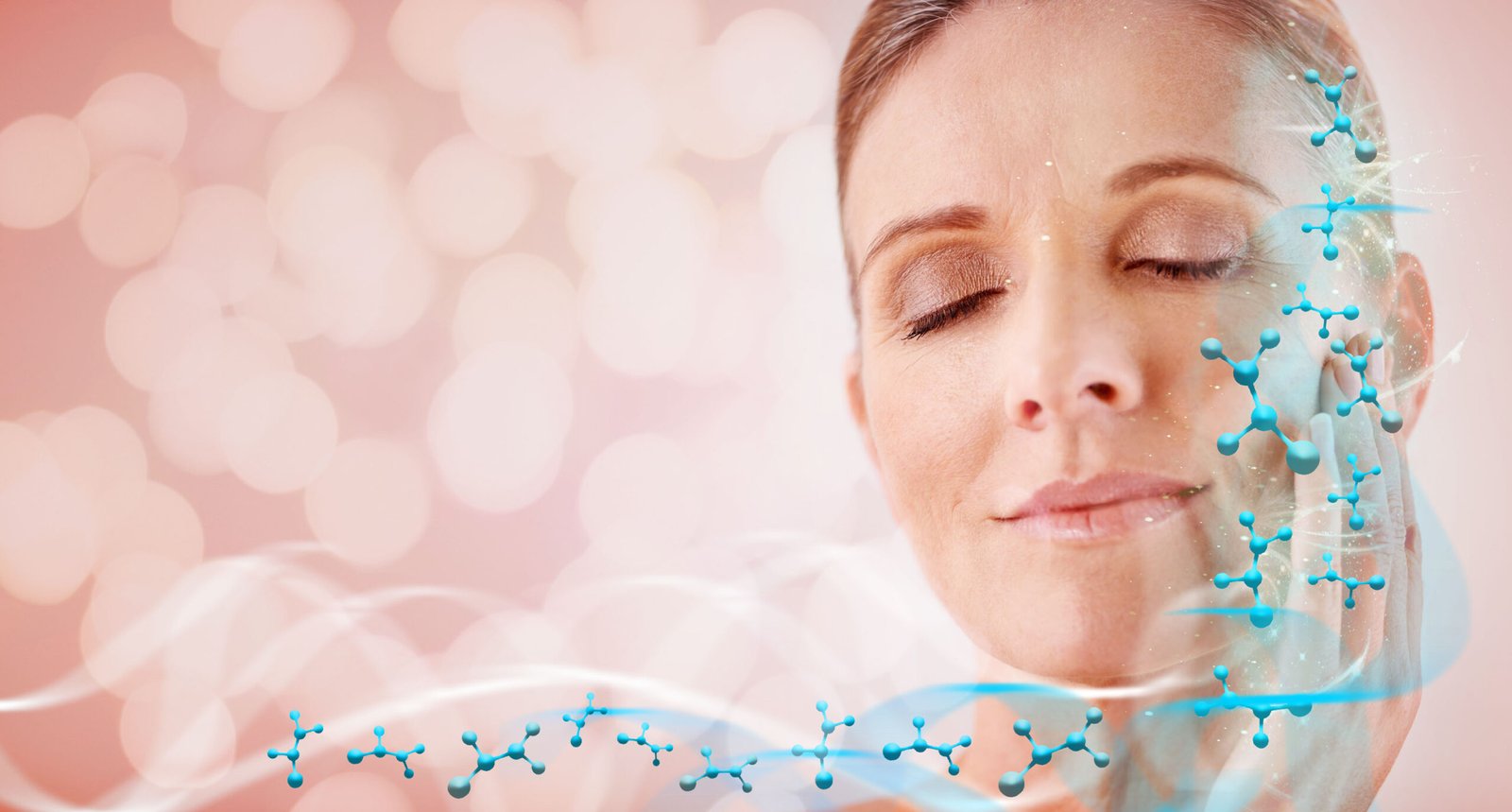
In a world where climate and environmental factors are constantly changing, your skincare routine needs to be as adaptable as your wardrobe. Whether you’re dealing with the sticky heat of a tropical summer or the biting cold of a dry winter, understanding how these conditions affect your skin is crucial for maintaining a healthy complexion. Additionally, the quality of water you use can significantly impact the effectiveness of your skincare products. This comprehensive guide will help you tailor your skincare routine to meet these challenges and maintain a radiant complexion, no matter where you are.
Understanding Climate Impact on Skin
To begin, let’s explore how different climates can uniquely affect your skin.
Humid Climates:
In humid environments, the high moisture levels can lead to increased oil production, resulting in clogged pores and acne breakouts. This can be particularly frustrating, especially if you’re trying to maintain a clear complexion. To combat this, opt for lightweight, oil-free foaming cleansers that help control excess oil without stripping the skin of its natural moisture. Ingredients like salicylic acid can be beneficial for keeping pores clear and preventing acne. Additionally, consider using a clay mask a few times a week to absorb excess oil and impurities, providing a refreshing balance to your skincare routine.
Dry Climates:
Conversely, dry climates present a different set of challenges. The lack of humidity can sap your skin of moisture, leading to dryness and irritation. This is where choosing the right products becomes essential. Look for hydrating foaming cleansers that include ingredients like hyaluronic acid and glycerin to draw moisture into the skin. Following up with a rich moisturizer and facial oils can help lock in hydration and protect the skin barrier. Furthermore, incorporating a humidifier in your home can create a more skin-friendly environment, helping to combat the effects of dry air.
The Role of Water Quality in Skincare
As we transition to another vital aspect of skincare, let’s examine the impact of water quality.
Hard Water:
Hard water, which is rich in minerals like calcium and magnesium, can leave residues on the skin, making it feel dry and irritated. This can reduce the effectiveness of your cleanser and lead to a less satisfying skincare experience. To address this, use foaming cleansers specifically formulated to work well in hard water conditions. As an alternative, micellar water can be a gentle option for cleansing without the need for rinsing, effectively removing impurities while maintaining skin hydration. This versatility makes micellar water a must-have in your skincare arsenal, especially if you live in areas with hard water.
Soft Water:
On the other hand, soft water enhances the lathering of foaming cleansers, making them more effective. This type of water allows for a deeper cleanse, ensuring that your skin is free from dirt and oil. If you’re fortunate enough to have access to soft water, take advantage of it by using a cleanser that targets specific skin concerns, such as sensitivity or acne. The right products, combined with the benefits of soft water, can elevate your skincare routine to new heights.

DIY Tip: Making Your Own Micellar Water
Now that we’ve covered the importance of climate and water quality, let’s delve into a fun and practical solution: creating your own micellar water at home.
Ingredients:
- 1 cup distilled water
- 1 teaspoon of mild, natural soap (such as castile soap)
- 1 teaspoon of a carrier oil (such as jojoba or almond oil)
- Optional: a few drops of essential oil (such as lavender or chamomile for added benefits)
Instructions:
- Combine all the ingredients in a clean bottle and shake well to mix.
- To use, apply a small amount to a cotton pad and gently wipe over your face to remove makeup and impurities.
- No rinsing is necessary, making it an ideal solution for areas with hard water.
This simple DIY recipe not only saves you money but also allows you to customize your micellar water to suit your skin’s needs.
In addition to homemade micellar water, consider using a quality foaming cleanser, such as the LABUNIQ Skincare Facial Wash Foam. This product contains a blend of mild surfactants like Sodium Cocoamphoacetate and Lauryl Glucoside, which effectively cleanse the skin while being gentle. The presence of glycerin and other moisturizing agents helps retain hydration, making it a great option for removing impurities and excess oil without stripping your skin. Using this foam cleanser with normal water can provide similar benefits to micellar water, helping to maintain a balanced complexion while effectively cleansing your skin.

In conclusion, by understanding how climate and water quality affect your skin, you can tailor your skincare routine to meet these challenges head-on. Whether you’re in a humid or dry climate, or dealing with hard or soft water, choosing the right foaming cleanser can make all the difference. Highlighting the adaptability of your facial foam cleanser to various environments can attract potential customers who seek effective solutions for their skincare needs. With the right products and knowledge, achieving radiant skin is within reach, no matter where you are. Embrace these tips and enjoy the journey to healthier, more vibrant skin!


